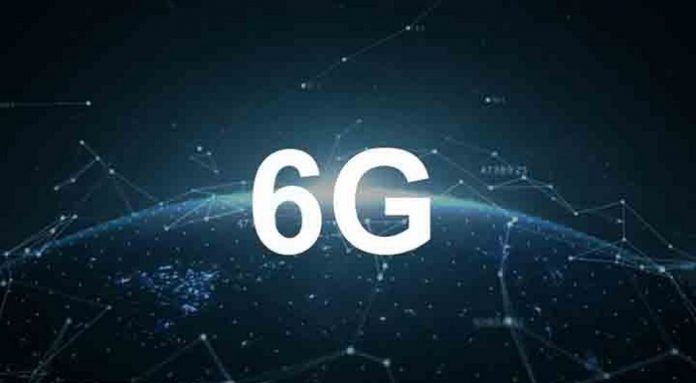The Department of Telecommunications (DoT) Thursday formed as many as six academia-heavy task forces under the Technology Innovation Group (TIG) on sixth-generation or 6G technology, making industry representation only symbolic.
In a notification dated December 30, the department mandated immediate deliverables by March 31, 2022, that included mapping of 6G activities and capabilities worldwide, and a white paper on India’s competencies, including research and pre-standardisation activities.
The new task groups are headed by Bhaskar Ramamurthy, Director, Indian Institute of Technology (IIT)-Chennai, Abhay Karandikar, Director, IIT-Kanpur, Bharadwaj Amrutur, director, Indian Institute of Science (IISc) Bangalore, Kiran Kumar Kuchi, director, IIT-Hyderabad on multi-platform for next-generation networks, spectrum policy, multi-disciplinary innovative solutions, and devices respectively.
Group for financing research and development is headed by Ashok Kumar Tiwari, Member (Technology), Digital Communications Commission (DCC), and a task force on international standards is headed by NG Subramaniam, chairman of the Telecommunications Standards Development Society, India (TSDSI).
However, the department has empowered the chairpersons of newly-created task forces to rope in global experts for mentorship whenever necessary.
“With a strong emphasis on technology commercialisation, the work will encompass the full lifecycle of research and development, manufacturing, pre-standardisation and market readiness,” the department said in its memorandum.
Last month, the government formed a 22-member innovation group headed by K Rajaraman, telecom secretary to create a vision for the 6G roadmap development in the country.
The developments in India come close on the heels of a 6G task force set up by the US House Committee under the Federal Communications Commission (FCC) to study design and deployment of next-generation technology.
“6G will continue to use the multilayer frequency band approach adopted in 5G,” the memorandum said, adding that millimeter wave (mmWave) band would be deployed for integrated sensing and communications applications, and spectrum bandwidth required maybe 500 MHz to multiple GHz per operator.
The task forces set up by the department also include officials representing the Ministry of Defence (MoD), Ministry of Electronics & IT (MeitY), Department of Science & Technology (DST), Indian Space Research Organisation (ISRO), Defence Research and Development Organisation (DRDO), Telecommunication Engineering Centre (TEC) and Centre for Development of Telematics (C-DoT), and Bharat Electronics Limited (BEL).








